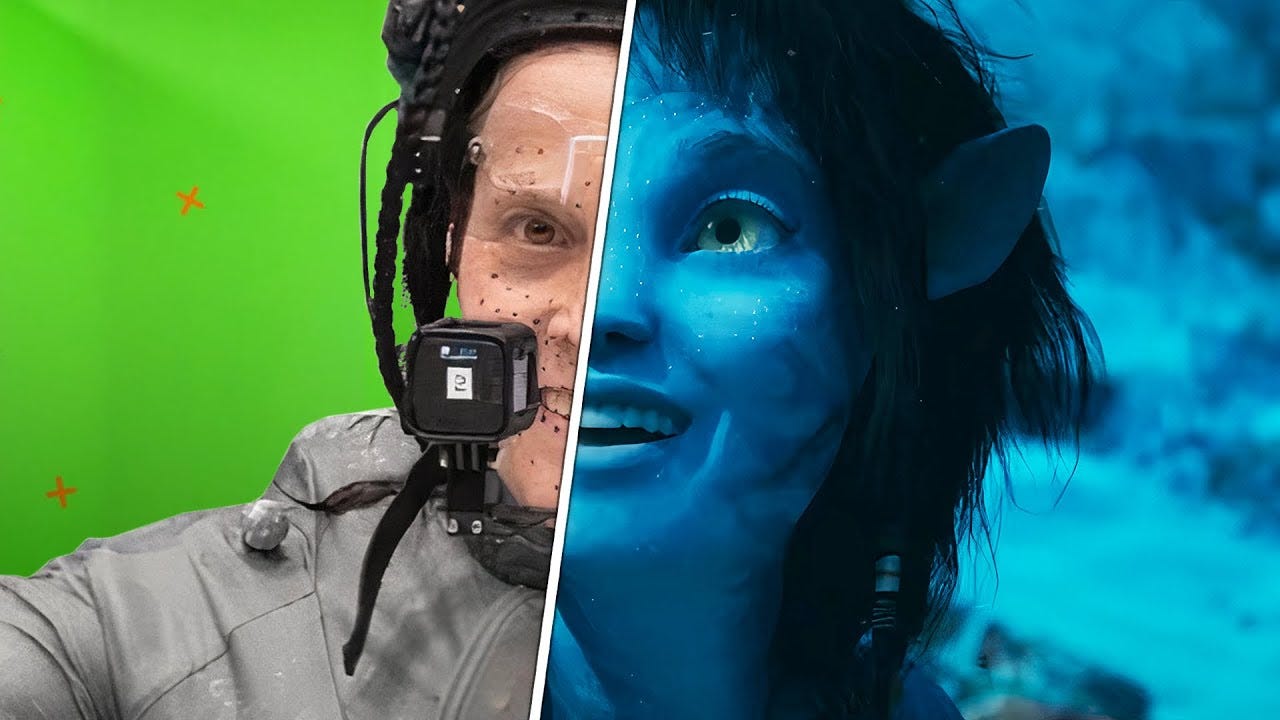
What are the Differences between VFX and CGI? Is CGI better than VFX?
Welcome to the Northern School of Animation’s guide to understanding the intricate world of visual effects (VFX) and computer-generated imagery (CGI). In the world of visual media, the terms “VFX” and “CGI” are often used interchangeably, but they actually refer to distinct aspects of the post-production process. While both VFX (Visual Effects) and CGI (Computer-Generated Imagery) involve the manipulation of imagery, they differ in their techniques, applications, and end results. In this article, we’ll explore the key differences between VFX and CGI, and answer the burning question: Is CGI better than VFX?
What is VFX?
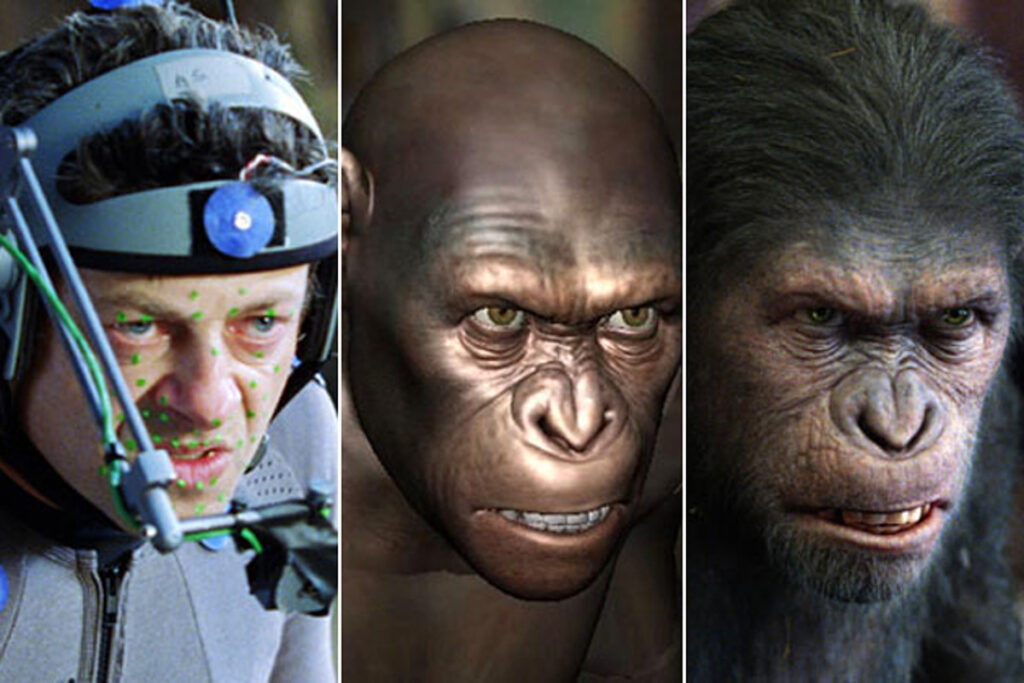
VFX, or Visual Effects, is an umbrella term that encompasses a wide range of techniques used to enhance, manipulate, or create visual elements in a film, television show, or other visual media. VFX can involve practical effects, like miniature models, pyrotechnics, and makeup effects, as well as digital effects created through computer software.
The primary goal of VFX is to seamlessly integrate these visual elements into the existing footage, creating a cohesive and believable final product. VFX artists use a variety of tools and techniques, including compositing, rotoscoping, matte painting, and digital environment creation, to achieve this seamless integration.
What is CGI?
CGI, or Computer-Generated Imagery, refers specifically to the creation of visual elements entirely within a digital environment using specialized 3D software and rendering techniques. CGI is a subset of VFX, focusing on the generation of synthetic imagery that does not exist in the real world.
CGI artists use advanced 3D modeling, texturing, rigging, and animation techniques to create highly detailed and realistic environments, characters, and objects. These digital assets are then rendered and composited into live-action footage or combined with other CGI elements to create fully computer-generated scenes.
Key Differences between VFX and CGI
1. Origin and Scope:
- – VFX encompasses a broader range of techniques, including practical effects and digital manipulation of live-action footage.
- – CGI, on the other hand, is solely focused on the creation of synthetic, computer-generated imagery.
2. Integration with Live-Action Footage:
- – VFX is primarily concerned with seamlessly blending visual elements into existing live-action footage.
- – CGI, while it can be integrated with live-action footage, is often used to create entire environments or characters from scratch.
3. Workflow and Tools:
- – VFX artists utilize a variety of tools and techniques, including compositing software, rotoscoping, and matte painting.
- – CGI artists primarily work with specialized 3D software for modeling, animation, and rendering.
4. Applications:
- – VFX is widely used in various genres, including action, fantasy, and science fiction films, as well as television shows and commercials.
- – CGI is commonly employed in animated films, video games, architectural visualizations, and scientific simulations.
Is CGI Better than VFX?
The answer to this question is not a simple yes or no. Both VFX and CGI have their unique strengths and applications, and the choice between them depends on the specific project requirements and desired outcomes.
CGI excels in creating highly detailed and photorealistic environments, characters, and objects that would be impossible or impractical to achieve through practical means. It offers unparalleled creative freedom and control, allowing artists to bring their wildest imaginations to life without the constraints of the physical world.
However, CGI can often appear artificial or lack the subtleties and imperfections of real-world elements, potentially breaking the suspension of disbelief for viewers. Additionally, CGI can be time-consuming and computationally expensive, particularly for complex scenes or animations.
On the other hand, VFX shines when it comes to seamlessly integrating visual elements into live-action footage, creating a sense of realism and believability. VFX artists can enhance practical effects, correct continuity issues, or create entirely new environments by manipulating existing footage.
VFX can also be more cost-effective and faster to produce than CGI in certain situations, particularly when dealing with small-scale enhancements or corrections. However, VFX is limited by the constraints of the original footage and may not be suitable for creating entirely synthetic environments or characters.
A Combination of VFX and CGI
In many cases, the most effective approach is to combine the strengths of both VFX and CGI. Many modern visual effects projects utilize a seamless blend of practical effects, digital manipulation of live-action footage (VFX), and computer-generated elements (CGI).
This hybrid approach allows filmmakers and artists to strike the perfect balance between realism and creative freedom, leveraging the best of both worlds. For example, a live-action scene might feature practical sets and actors, enhanced with VFX techniques like matte painting and compositing, while incorporating CGI characters or elements that would be impossible to create through practical means.
By combining VFX and CGI, artists can create visually stunning and emotionally engaging experiences that captivate audiences and push the boundaries of what’s possible in visual storytelling.
Conclusion
In the end, the debate between VFX and CGI is not about one being inherently better than the other. Both disciplines play crucial roles in the visual effects industry and contribute to the creation of remarkable and awe-inspiring visual experiences.
The choice between VFX and CGI, or the combination of both, ultimately depends on the specific project goals, creative vision, and technical constraints. As technology continues to evolve, the lines between VFX and CGI will likely blur even further, giving rise to new and innovative techniques that push the boundaries of what’s possible in the realm of visual effects.
Whether you’re captivated by the seamless integration of VFX or the boundless possibilities of CGI, one thing is certain: the art of visual storytelling continues to push the limits of our imagination, transporting us to worlds beyond our wildest dreams.
At the Northern School of Animation, we embrace the convergence of artistry and technology, empowering our students to master both VFX and CGI to bring their creative visions to life. Join us on a journey where imagination knows no bounds, and every frame is a canvas for innovation.
Get in Touch with us
Unlock Your Animation Potential and Start your Animation Journey Now!
- All Posts
- Blog
- Back
- Animation
- CGI
- Graphic design
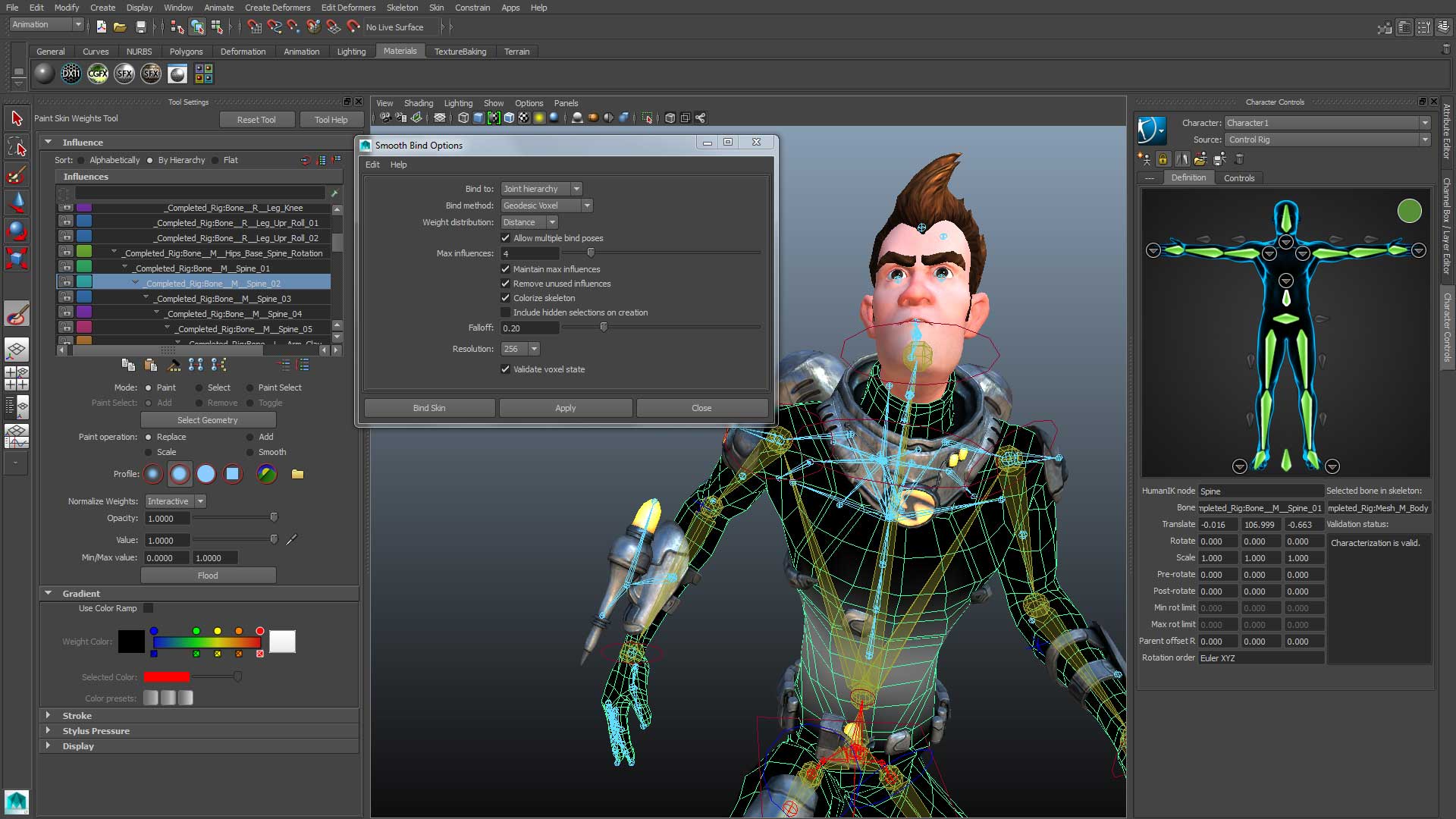
Animation Softwares Home How to make 2D Animation in Blender for beginners? How to make 2D Animation in Blender for…

Beginner’s Guide to Maya Autodesk: Perfect for Students Are you an aspiring 3D artist or animator looking to break into…
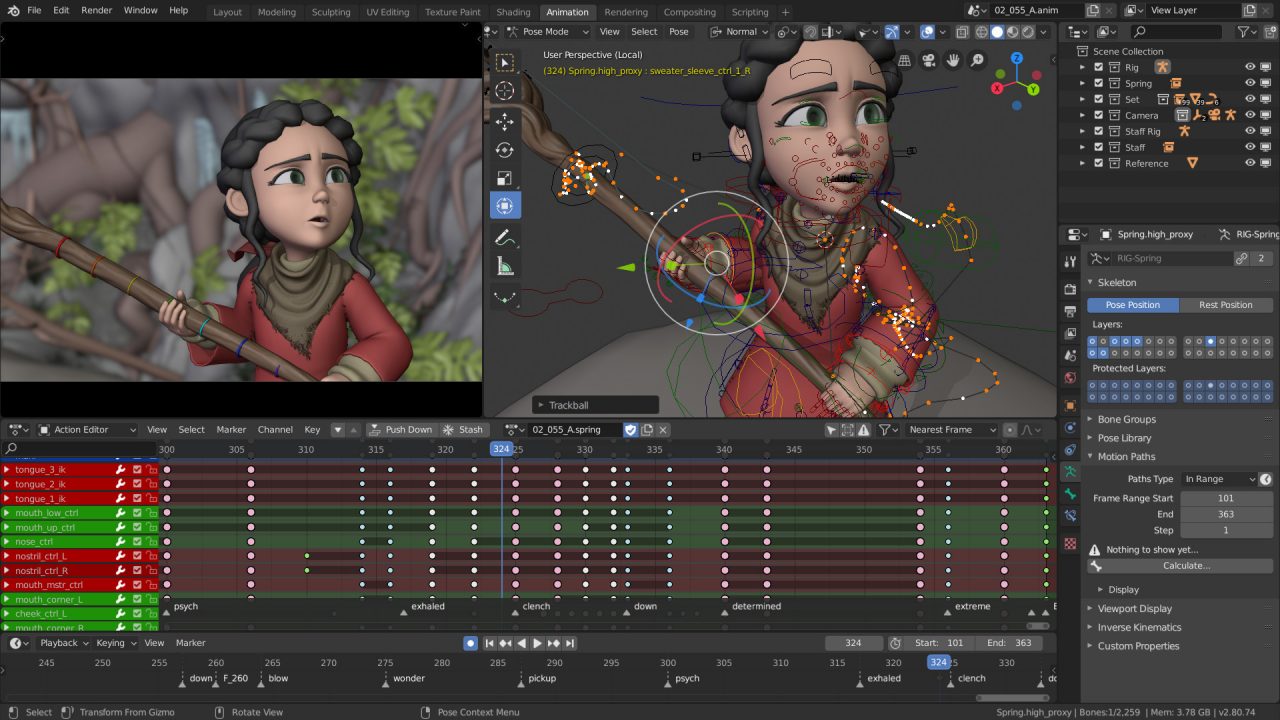
What is Blender Software ? What is it Used For? In the dynamic world of animation, the tools you choose…

What are the Differences between VFX and CGI? Is CGI better than VFX? Welcome to the Northern School of Animation’s…
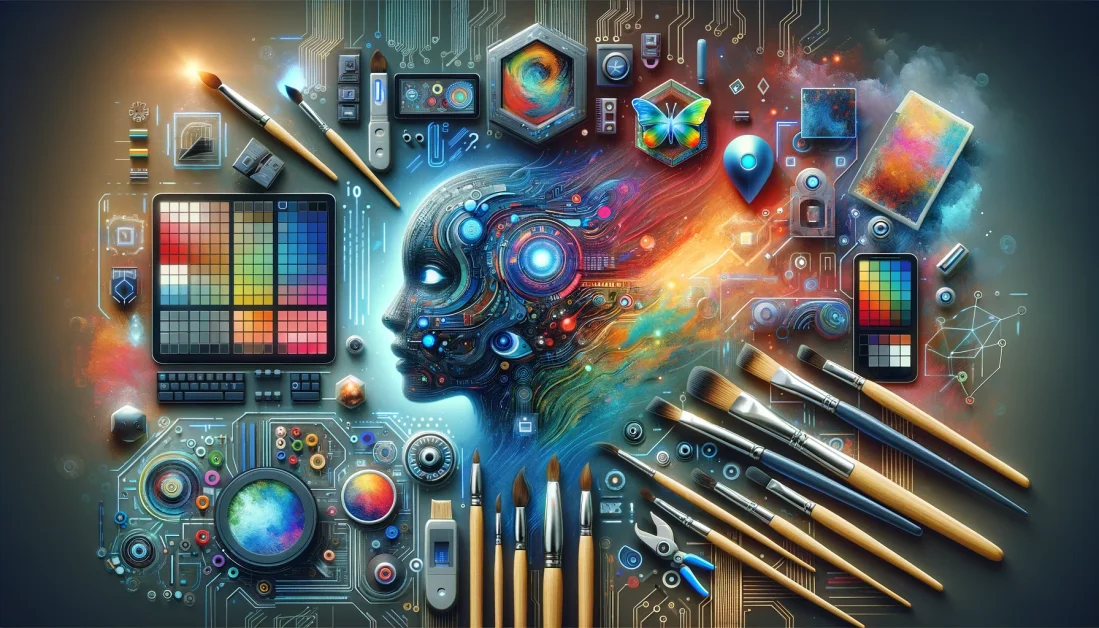
What are the 8 types of graphic design in art? Graphic design is a multifaceted field that encompasses a wide…
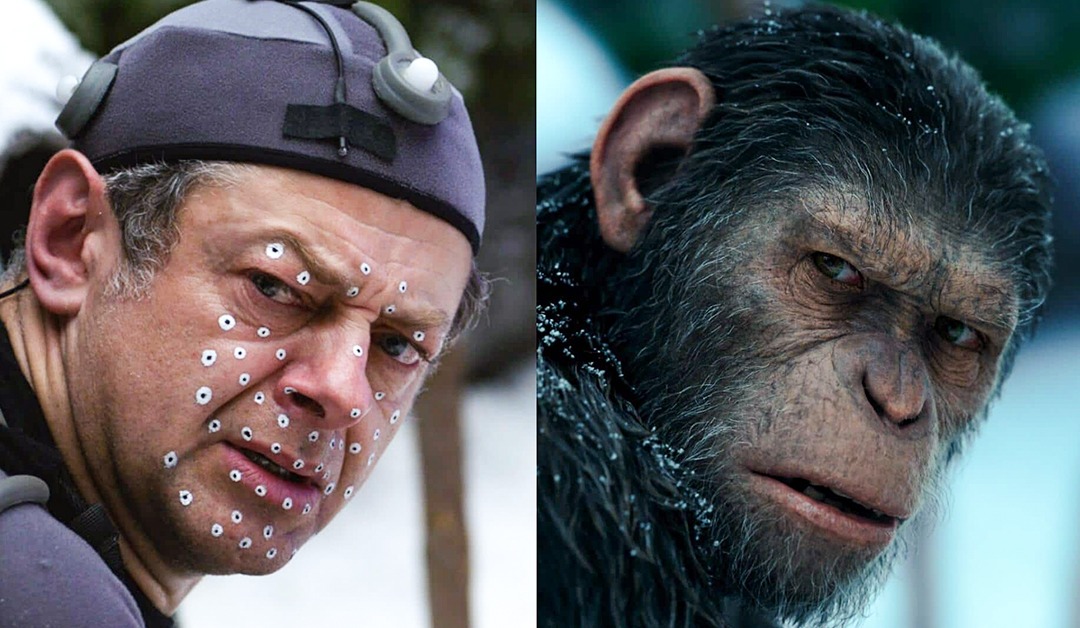
What is CGI? What is the process of CGI in animation? In the ever-evolving world of animation, a technological revolution…
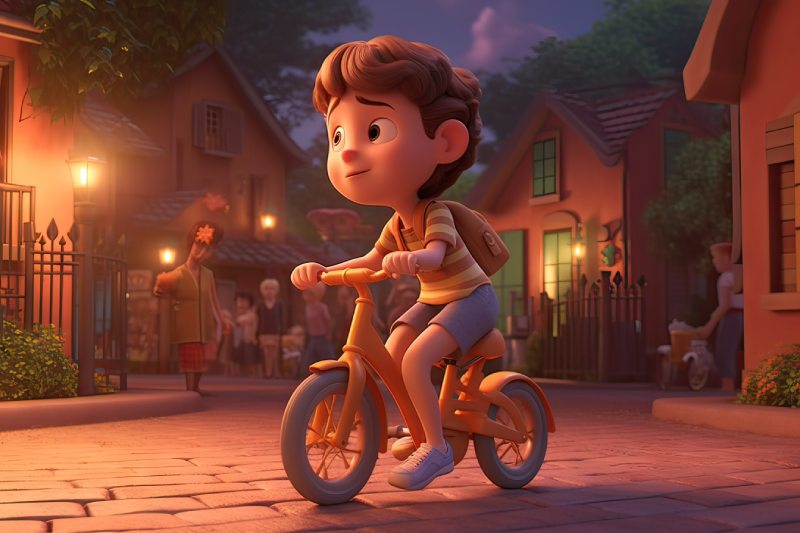
Boost Your Skills: 5 Must-Know 3D Animation Techniques

5 Tips to Boost Your Animation Career Salary
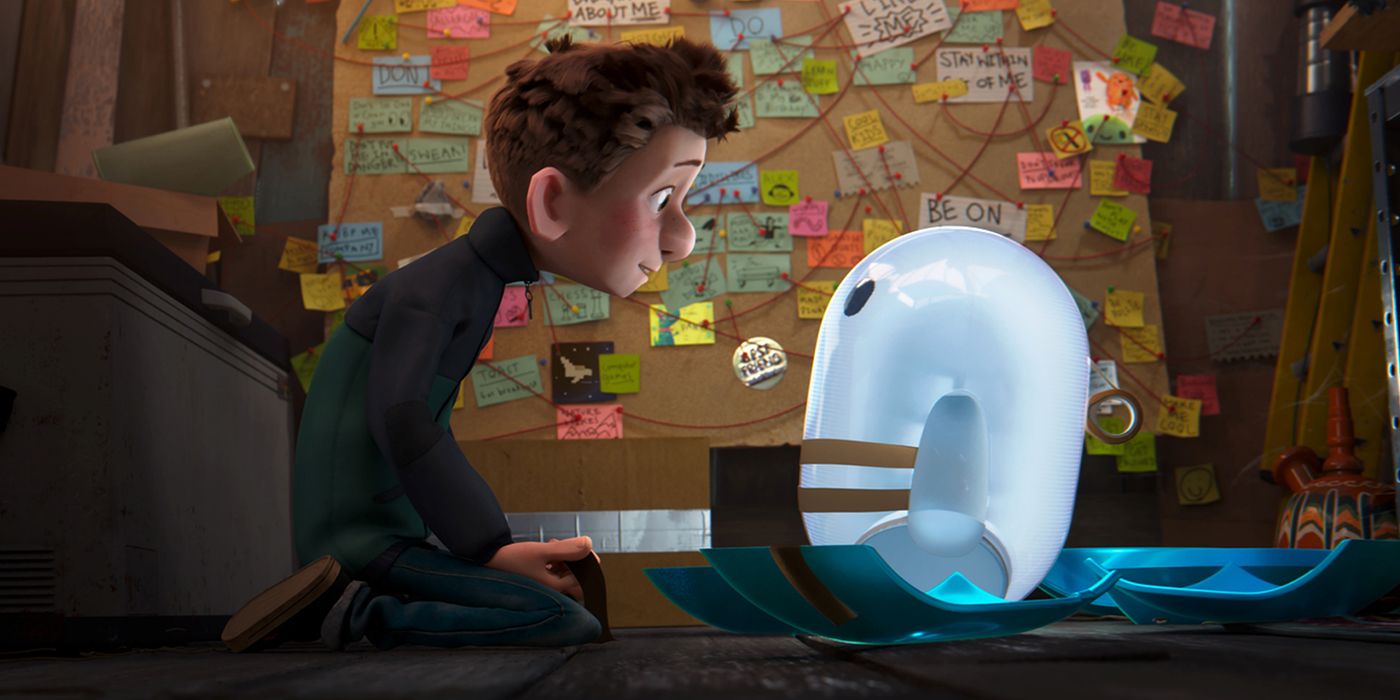
Unleashing Creativity: 5 Essential 2D Animation Software Tools
